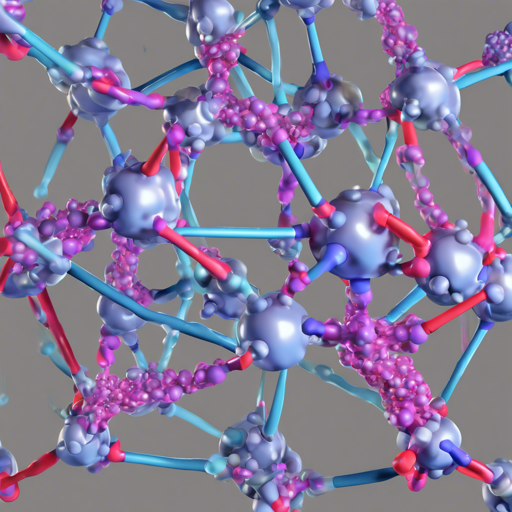Molecular docking is a vital step in drug discovery, and with DiffDock, we can simplify this complex process significantly. In this blog post, we will walk through how to utilize DiffDock, addressing common troubleshooting concerns, and providing a user-friendly guide for beginners.
What is DiffDock?
DiffDock is an advanced method for molecular docking that utilizes diffusion models to predict complex formations between proteins and ligands. It is designed to streamline drug discovery, providing researchers with a powerful tool for understanding molecular interactions.
How to Get Started with DiffDock
Here’s a straightforward guide on how to set up DiffDock and perform docking predictions:
Step 1: Quick Start
- You can directly try out the model without installation through Hugging Face Spaces.
Step 2: Setting Up Your Environment
Eager to dive deeper? Let’s set up your environment using Anaconda.
- Clone the DiffDock repository:
git clone https://github.com/gcorso/DiffDock.gitconda env create --file environment.ymlconda activate diffdockStep 3: Using Docker
If you prefer Docker, you can follow these steps:
- Build the Docker container:
docker build . -f Dockerfile -t diffdockdocker run -it --gpus all --entrypoint bin/bash rbgcsaildiffdockdocker run -it --entrypoint bin/bash rbgcsaildiffdockStep 4: Docking Prediction
Now, you’re ready for docking predictions!
- For a single complex, use the command:
python -m inference --config default_inference_args.yaml --protein_path protein.pdb --ligand ligand.sdfpython -m inference --config default_inference_args.yaml --protein_ligand_csv protein_ligand_example.csv --out_dir resultsUnderstanding the Code with an Analogy
Imagine you’re a chef in a kitchen, preparing a signature dish. The recipe (code) consists of multiple steps, like chopping vegetables, cooking proteins, and seasoning to taste. Each step requires specific instructions and ingredients, just like how the DiffDock process requires specific input files and configurations to efficiently generate results. When you follow each step carefully, you end up with a beautifully plated dish (the predicted docked complex), ready to be served (analyzed and utilized in research).
Troubleshooting
Though setting up DiffDock is straightforward, you might encounter some roadblocks. Here are some common issues and solutions:
- Issue: Anaconda environment fails to activate
Solution: Ensure you have Anaconda installed and the correct path to the environment file. - Issue: Docker container won’t run
Solution: Make sure your system supports GPU; if not, run the CPU version. - Issue: Errors during predictions
Solution: Verify the formats of your input files; ensure proteins are in .pdb and ligands in .sdf.
For more insights, updates, or to collaborate on AI development projects, stay connected with fxis.ai.
Conclusion
DiffDock is a robust tool for molecular docking, allowing researchers to effortlessly predict protein-ligand interactions. By following the steps outlined above, you can unlock the full potential of DiffDock in your research.
At fxis.ai, we believe that such advancements are crucial for the future of AI, as they enable more comprehensive and effective solutions. Our team is continually exploring new methodologies to push the envelope in artificial intelligence, ensuring that our clients benefit from the latest technological innovations.

